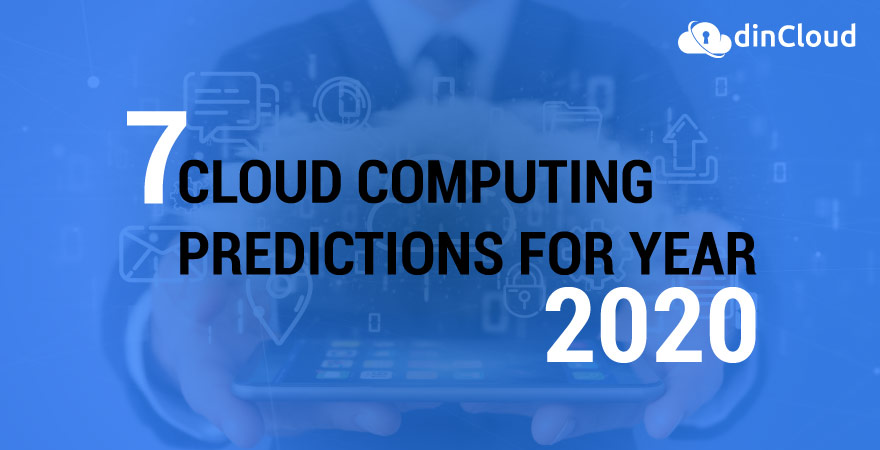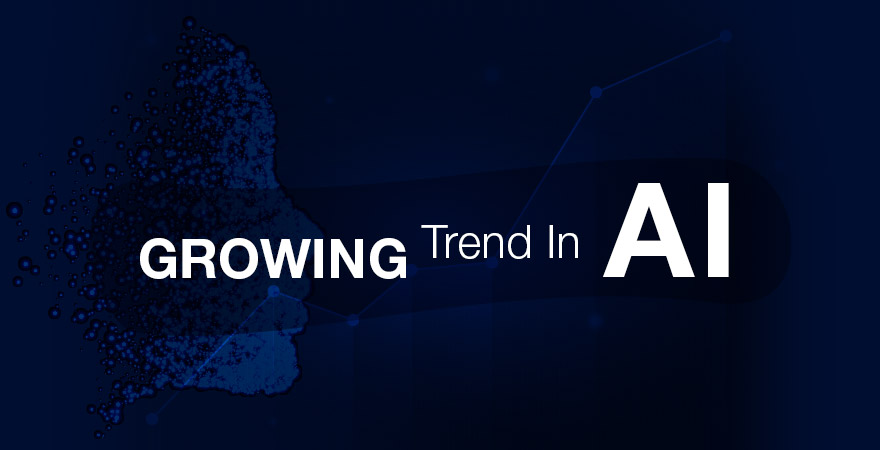Cloud Based Solutions are showing consistent growth over the past many years. Solutions delivered over the cloud are gaining popularity and the set of features is steadily being improved. As more entities truly appreciate the financial and administrative Benefits of the Cloud, its adoption rate keeps improving.

If we trace the last decade of the Cloud Industry , we see constant innovation as one of its hallmarks. The cloud has truly redefined the way data is accessed, stored, managed and processed. The flexibility and versatility we witness in countless Web Based Services is largely attributable to the cloud as an effective enabler.
In this post, we will try to draw an outline for the cloud based industry over the upcoming year. 2020 is being touted as yet another eventful year for the Tech Industry in general and the cloud in particular. We should see many leading technologies being delivered over the Cloud Infrastructure.
Hybrid Cloud Will Gain Popularity
For a short span of time, Hyper Converged Infrastructure (HCI) appeared to be a strong alternative for the Public Cloud. One glaring mistake in this perception was that despite introducing centrality and efficiency, it still did not rid the deploying entities of the hassle of an in house Data Center.

Once we glance at the present landscape, we are witnessing the other extreme. This trend runs contrary to the initial resistance to off premise solutions. Organizations are not only migrating to the cloud, rather we are witnessing a rising trend of multiple or Hybrid Cloud Infrastructures.
Like many other industries, the cloud solutions market is also rapidly moving towards specialization. A company may employ one Cloud Service Provider (CSP) for storage, while another CSP for large scale data analysis. This trend of hybrid cloud solutions, despite more complexity, will accelerate over the coming year.
On Premise Cloud is Not Dead
This prediction for 2020 may come somewhat as a surprise for you but this appears to be the case. The reluctance of some entities to fully migrate to the public cloud is strong. This decision is partly due to concerns surrounding Data Security and partly due to Zero Tolerance NF for disruption in business critical processes.
Despite the accompanying financial and administrative overheads, the trend of in house data centers will continue to a certain extent. As the influence of cloud based solutions increases, we may see on premise cloud solutions vanish altogether but this will require some more time to materialize.
Artificial Intelligence (AI) and Machine Learning (ML) will Boom
The state of the art data centers of Cloud Service Providers (CSP) are processing behemoths. To top that off, CSPs have started to encourage Cloud Tenants to execute processor intensive workloads over the cloud. These data centers have the capability of tackling vast databases with relative ease.

This is an ideal environment for implementing AI and ML algorithms. ML models can be easily developed, tested and tweaked in amazingly short time frames. Well executed ML models will in turn yield highly efficient AI powered solutions. This in turn can immensely optimize and streamline countless tech powered processes.
With access to virtually a limitless pool of data and processing muscle, the cloud environment will serve as a catalyst for ML and AI Based Solutions. These solutions will be widely implemented across many industries that include but are not limited to finance, health and insurance.
Kubernetes and Similar Solutions Will Grow
Being an open source container orchestration tool, Kubernetes is often the preferred platform for many cloud managing professionals. The open source aspect adds a whole new dimension of customizability. We should see more application of Kubernetes and similar applications for effective cloud management.
Given the rapid proliferation of such platforms, it can be safely anticipated that their interfaces will become much more intuitive and simplified. Programmers and developers with relatively less expertise will also be able to handle these simplified, yet highly effective Cloud Management Solutions.
Containers Will Auto Heal
The underlying efficiency of cloud applications is largely achieved by container images. Within each container image, many cloud based applications tend to share common resources. This leads to a relatively higher rate of bugs and vulnerabilities.
The good news is that over the coming year, we should see many container management tools fully mature into standalone intelligent solutions. These tools will have the capability to analyze, identify and most importantly, debug container images. This in turn will go a long way in optimizing cloud applications.
Security Will Maintain Relevance
Over the past few years, the persistent trend of data breaches has somewhat impeded the growth of cloud solutions. Each notable data breach has reminded existing and prospective users of the cloud of its relatively neglected or overlooked facet of security.

A notable area of concern has been poor or weak management of access credentials. Most infiltrators have exploited weaknesses in access protocols to wreak havoc with data stored over the cloud. Some negligence has also come to light at the end of CSPs that have overlooked few key aspects of cloud security.
A developing trend in many jurisdictions across the world is that regulations around data collection, storage and management are getting very stringent. Strong regulations, coupled with growing security concerns of cloud tenants will propel cloud security to occupy center stage in the upcoming year.
The Security of any cloud based solution will become one of the defining criterion for selection of a CSP. Organizations can no longer afford a data breach as the commercial and regulatory costs of such an incident would be astronomically high. We should see major investment in security of cloud delivered solutions.
Open Source Software and Apps Will Proliferate
A defining advantage of cloud based solutions is flexibility. Cloud users prefer this feature to trickle down and incorporate cloud native software and applications. The only viable option that can make this happen is extensive use of open source apps and productivity software.
Each cloud tenant can integrate an open source enterprise solution seamlessly into the cloud, in a manner that best aligns with organizational goals. The same cannot be said for closed software and apps, as the user has to conform to such solutions, which at times may not suit organizational needs.
The influence and demand for open source, cloud native applications and software will grow exponentially over the upcoming year. Companies that timely adapt to this major industry trend will not only survive this cloud revolution, but also gain substantial competitive advantage in the market.
Conclusion
The cloud computing market is so dynamic that predicting its future is an uphill task. Still, we have tried to outline some of the trends that will define and maybe redefine the cloud market over the upcoming year. The one thing that is almost certain is that the influence of cloud will not only remain strong, but grow in 2020.


